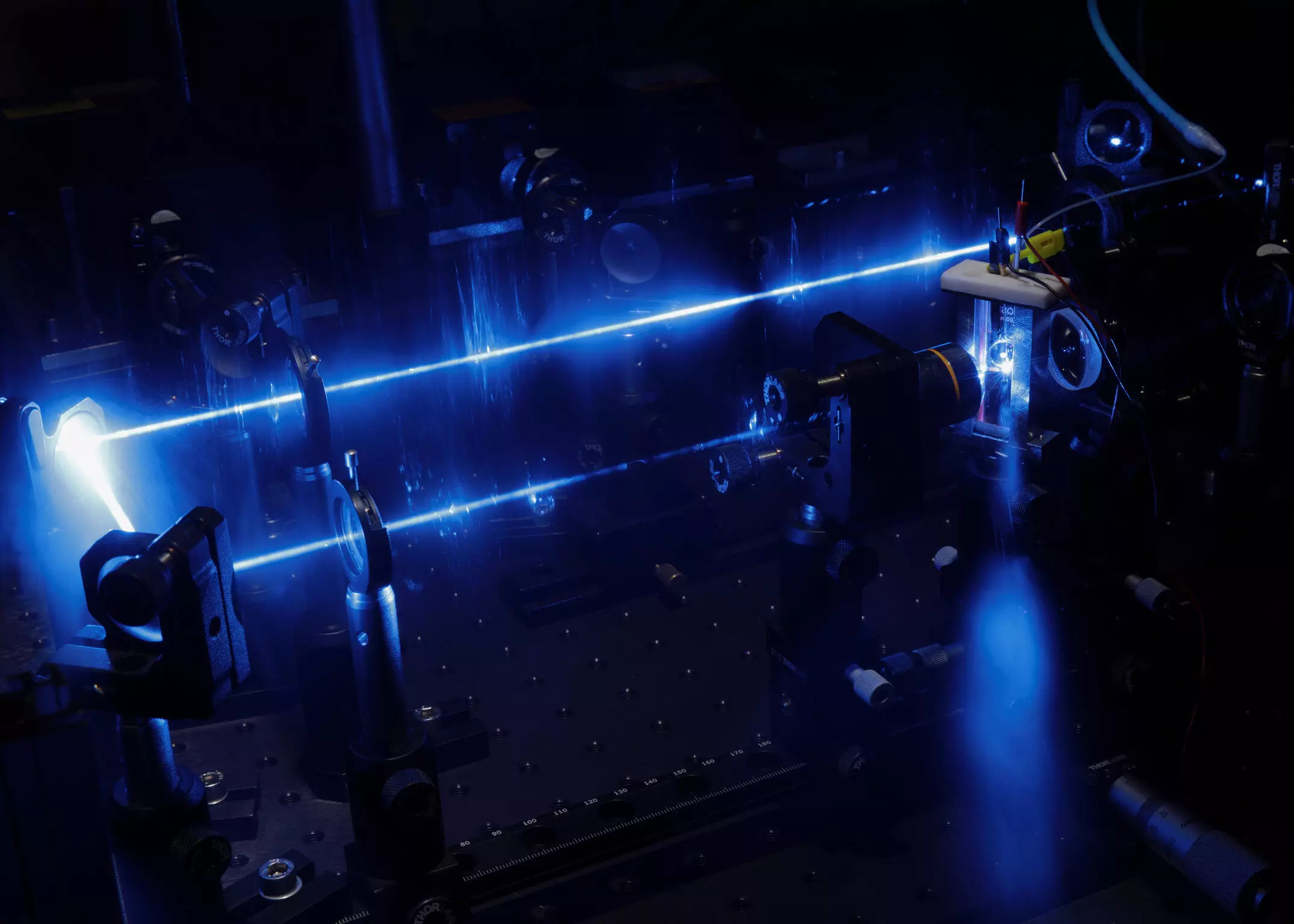Scientists at the Leibniz Institute of Photonic Technology, along with researchers from the Universities of Jena and Ulm, have delved into the properties of iron compounds that have the ability to absorb light. Their study has revealed that even small changes in the chemical structure of these compounds can have a significant impact on their behavior. This impact is seen in the second coordination sphere of the molecule, a region that is not directly connected to the iron atom but has a crucial influence on its properties.
One of the key findings of the study is that by adding protons to the iron compounds, researchers were able to observe different reactions to the light absorption. This discovery is significant because it paves the way for the use of iron complexes as an environmentally friendly alternative to rare metal complexes like iridium or ruthenium in light-to-energy conversion processes. The implications of this research are detailed in a paper published in the Journal of the American Chemical Society.
The team from the Collaborative Research Center (CRC) CataLight at the Universities of Ulm and Jena focused on the ability of iron compounds to efficiently absorb light and transfer electrons to reaction partners. Through simple chemical modifications, such as adding or removing protons, the researchers were able to demonstrate precise control over the light absorption of these compounds. This breakthrough opens up new possibilities for sustainable technologies, as explained by Prof. Dr. Benjamin Dietzek-Ivanić, spokesperson of CRC CataLight.
The implications of this research go beyond basic science. The insights gained by the team in Jena and Ulm lay the foundation for further studies aimed at optimizing iron compounds for use in various applications, including photovoltaics and catalysis. Unlike previous research that often relied on expensive materials, this discovery offers a cost-effective and environmentally friendly alternative that could revolutionize the field of light-to-energy conversion.
The study conducted by the Leibniz Institute of Photonic Technology and the Universities of Jena and Ulm sheds light on the importance of the second coordination sphere in influencing the behavior of iron compounds that absorb light. By understanding how small changes in the chemical structure of these compounds can impact their properties, researchers have unlocked new possibilities for sustainable technologies. This groundbreaking research sets the stage for future innovations in the field of light-to-energy conversion and paves the way for a more environmentally friendly approach to chemical processes.


Leave a Reply